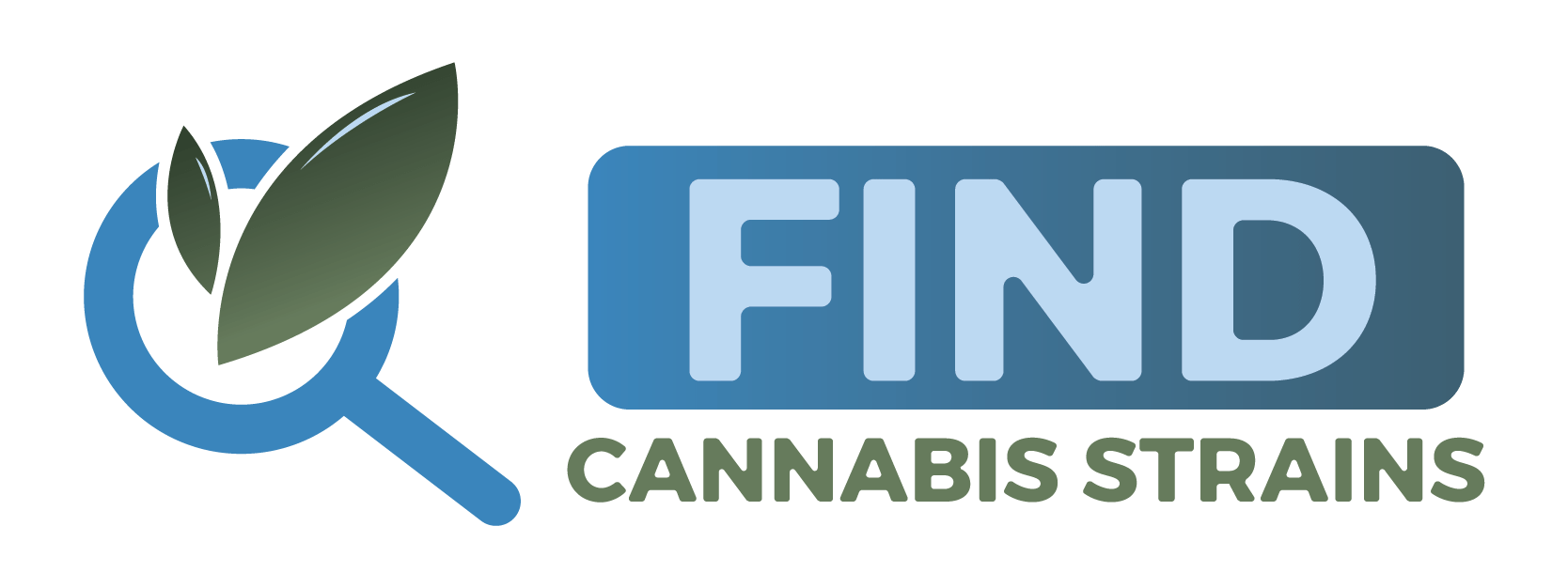Most consumers still shop cannabis by THC percentage or the old “indica–sativa–hybrid” labels. Both shortcuts miss what often drives a strain’s aroma and may shape the experience: terpenes—the volatile compounds plants use for scent and signaling. Understanding terpene profiles helps consumers choose more reliably, compare products across brands, and set realistic expectations about effects.
Terpenes are abundant in cannabis and vary meaningfully across cultivars. Large, multi-state datasets show commercial flower clusters into recurring chemotypes (chemical phenotypes) defined by cannabinoid and terpene patterns—not by marketing names. In these analyses, industry labels only loosely map to chemistry, and “strain names” are inconsistent across producers. Shopping by terpene profile is therefore a clearer, more reproducible way to navigate products.
Why does that matter for effects? A growing body of lab and animal research suggests some terpenes can engage many of the same neural pathways as cannabinoids or otherwise modulate them. In mice, several common cannabis terpenes—α-humulene, geraniol, linalool, and β-pinene—produced classic “cannabimimetic” behaviors and showed additive effects with a cannabinoid agonist, consistent with synergy hypotheses. In vitro, those terpenes also activated CB1 receptors to modest degrees.
One terpene, β-caryophyllene, goes further: it selectively binds to the CB2 receptor as a functional agonist. That makes it unusual among terpenes and mechanistically plausible for anti-inflammatory or analgesic actions that do not produce intoxication—useful context when consumers seek post-activity recovery or avoid head-heavy effects.
Evidence is not monolithic, and consumers should beware overclaims. Some controlled studies have failed to find terpene modulation of THC at CB1/CB2 under specific conditions, reminding us that “entourage effect” claims are still being pinned down and may be context-dependent (dose, route, combination, and individual biology all matter). Balanced takeaways: terpenes clearly shape aroma, may influence perceived effects for some people, and have plausible mechanisms—yet human clinical confirmation remains limited.
Beyond pharmacology, terpenes are practical cues for sensory preference and functional goals. Reviews in neuropharmacology describe linalool’s anxiolytic and sedative signals; pinene has been studied for attention-related and neuroprotective properties in preclinical models. Consumers who notice they relax with lavender-leaning scents or feel brighter with citrus may, in fact, be tracking linalool or limonene dominant profiles. Those preferences can be tested across brands by reading lab reports rather than chasing names.
Aromatics are complex, and terpenes are not the whole story. Recent analytical chemistry points to minor, nonterpenoid volatiles (like esters or sulfur compounds) making strong contributions to cannabis aroma. That nuance explains why two “myrcene-dominant” jars can smell and feel different. Still, terpene totals remain the most accessible, routinely reported signal on labels and COAs, making them the best current starting point for shoppers.
Label literacy matters because the market is inconsistent. Government metrology leaders have highlighted the push toward standardized cannabis labeling and reference materials to improve measurement accuracy, and independent studies have documented label inflation for THC. Consumers who rely on terpene profiles (ideally from a product’s certificate of analysis, not just a shelf tag) get a richer view of what’s inside and a hedge against potency hype.
Clinically minded frameworks are emerging to make terpene data actionable. A recent indexing approach groups flower by primary cannabinoids and leading terpenes and associates those chemovars with differences in patient-reported effectiveness and side effects. While more controlled trials are needed, that kind of chemovar-first model is already closer to how wine or coffee is organized: by measurable chemistry tied to sensory and experiential patterns.
Practical shopping playbook
- Scan the top three terpenes, not just THC. Look for totals above ~1–2% for a more expressive nose; then note which terpenes dominate. Common patterns include myrcene + caryophyllene (earthy, heavier), limonene + ocimene (citrus, lively), or terpinolene-forward (bright, piney). Use those patterns to compare across growers.
- Match goals to likely profiles—with humility. Seeking calm or evening use? Myrcene- or linalool-forward cultivars are often reported as relaxing. Want daytime clarity? Limonene- or pinene-tilted profiles tend to be described as more uplifting. Track your own responses because individual biology varies.
- Use COAs and be skeptical of names. The same “strain” name from two brands can have different chemistry; a different name can match your preferred profile. Let the terpene bar chart guide you.
- Consider dose and form. Terpene content and ratios shift with storage, extraction, and heating. Whole-flower vaporization at moderate temperatures may preserve more monoterpenes than high-heat dabbing; aging can flatten bright top notes. Choose formats and handling that protect the aromatic fraction you care about.
Bottom line: Terpenes won’t replace cannabinoids, but they do provide a practical, evidence-informed way to select cannabis beyond THC percentage or marketing labels. Reading terpene profiles—then journaling how those profiles feel for you—is the most consistent path to repeatable outcomes in a still-maturing market.
